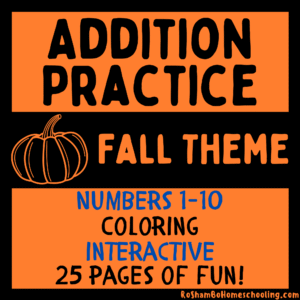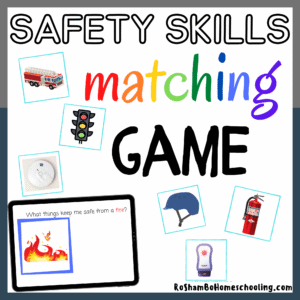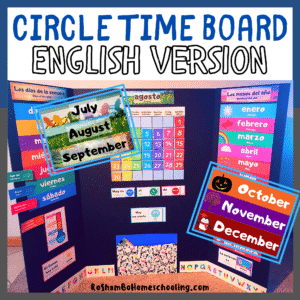Product description
My son and I do just as much social and emotional learning as any other “core” class. We call it our Love class. He’s becoming quite the little pro at talking about his feelings… and asking me about mine!
Yesterday when I was cleaning up an activity we finished, he asked me, “Mommy, I think you seem a little bit grumpy today. Is it because you didn’t get enough sleep last night?” My jaw dropped. Such a proud mama moment! (And he was right ?)
He’s gotten so good at naming and identifying his emotions that I know it’s time to add in some more complex skills. We already talk daily about how we can express our feelings in healthy ways. But I also wanted to add in something where we could start talking about how our emotions aren’t just part of our minds, but have a big impact on our bodies too!

Hearts & Body Maps Activity
Body mapping our emotions has two parts… Step 1: Name how we feel. Step 2: Scan our bodies to find out where we feel it.
For one person, the same emotion can change locations from day to day. That’s completely normal for everyone! The goal of this activity is for children to develop their emotional intelligence by learning to recognize how emotions connect to various physical effects in our bodies.
For example, when you get excited, that can be felt physically in many ways. Maybe it’s butterflies in the stomach, your feet or fingers tapping non-stop, an uncontrollable grin, your heart racing… or all of the above!
It’s the same with negative emotions. I might feel sad with a heaviness in my heart one day and sad with knots in my stomach the next. Sadness might be as simple as eyes hurting from crying or nose feeling scratching from runniness; or sadness might feel more complex like back and neck pain. Sadness shows up in ALL of these places in our bodies.

Discussing Body Mapping With Your Kids
Validate your kiddo’s experience that it’s completely normal to have one emotion “sit” differently in the body depending on the day or what’s causing it. (That’s a big reason why the Heart emotions can move around!) Kids under the age of 12 are prone to rigid, black and white thinking; it’s normal if kids select the same location for the same emotion every time for the first few weeks. If you continue switching your answer, they’ll eventually learn to be more open in their thinking and body mapping!
Your child will have the best success with this activity if you model this new skill. Throughout the day, you could regularly describe how you’re experiencing feelings in your body. Your self-awareness is sure to rub off on your kiddos!

How This Connects to Emotional Intelligence
Recognizing how our bodies respond to emotions is an important step on the road to developing self-regulation. The more self-awareness we have, the more control we have over our responses.

Take the classic example of an over-tired 2-year-old throwing a tantrum. Oh, any two-year-old will swear up and down that they are NOT tired. No, not at ALL TIRED, and whatever tiny little thing they’re sobbing about truly is the literal end of the world.
A two-year-old hasn’t yet learned how to:
- scan their body for indicators of their emotions
- realize that they’re actually tired (not angry), and
- come up with a healthy coping strategy for managing sleepiness.
This process—body scanning, identifying emotions, coping with emotions—is called self-regulation.
Little kids clearly are not born with the ability to self-regulate their emotions. However, if we model these skills to them, they pick them up quickly! (Even at a young age!)
Life-Long Learning
While I’m releasing this printable activity as a “Valentine’s Day” theme pack, body mapping our feelings is a year-long and life-long skill! I recommend using this activity throughout the year to help your children develop their awareness of the connection between our Hearts and our bodies.
For more articles and activities on social and emotional learning, check here.
For more Valentine’s Day activities, check out my growing list here.












Reviews
There are no reviews yet.